Audiolab 9000A
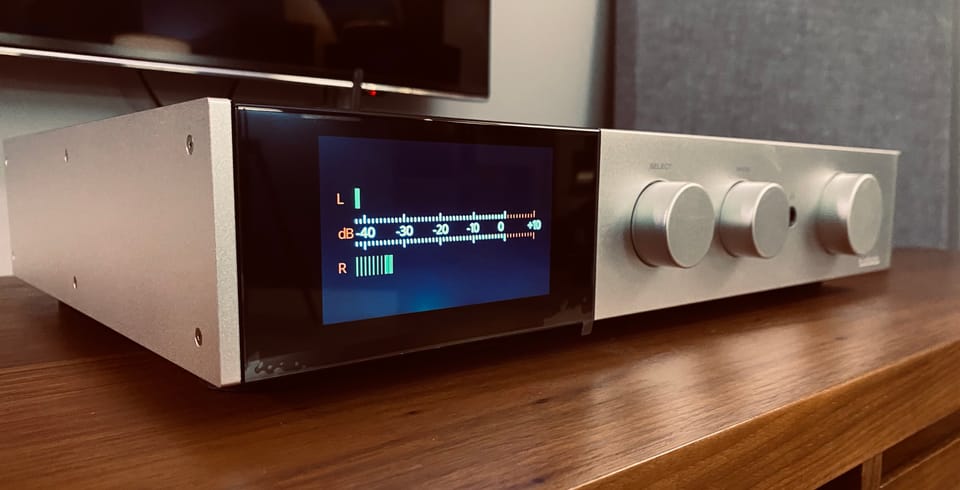
From the Audiolab headquarters in Pennsylvania the Audiolab 9000A is the company’s top-tier integrated amplifier which sells for about $3500 CAD and they come in two finishes which are black and what could be described as pearl silver.
Amplification
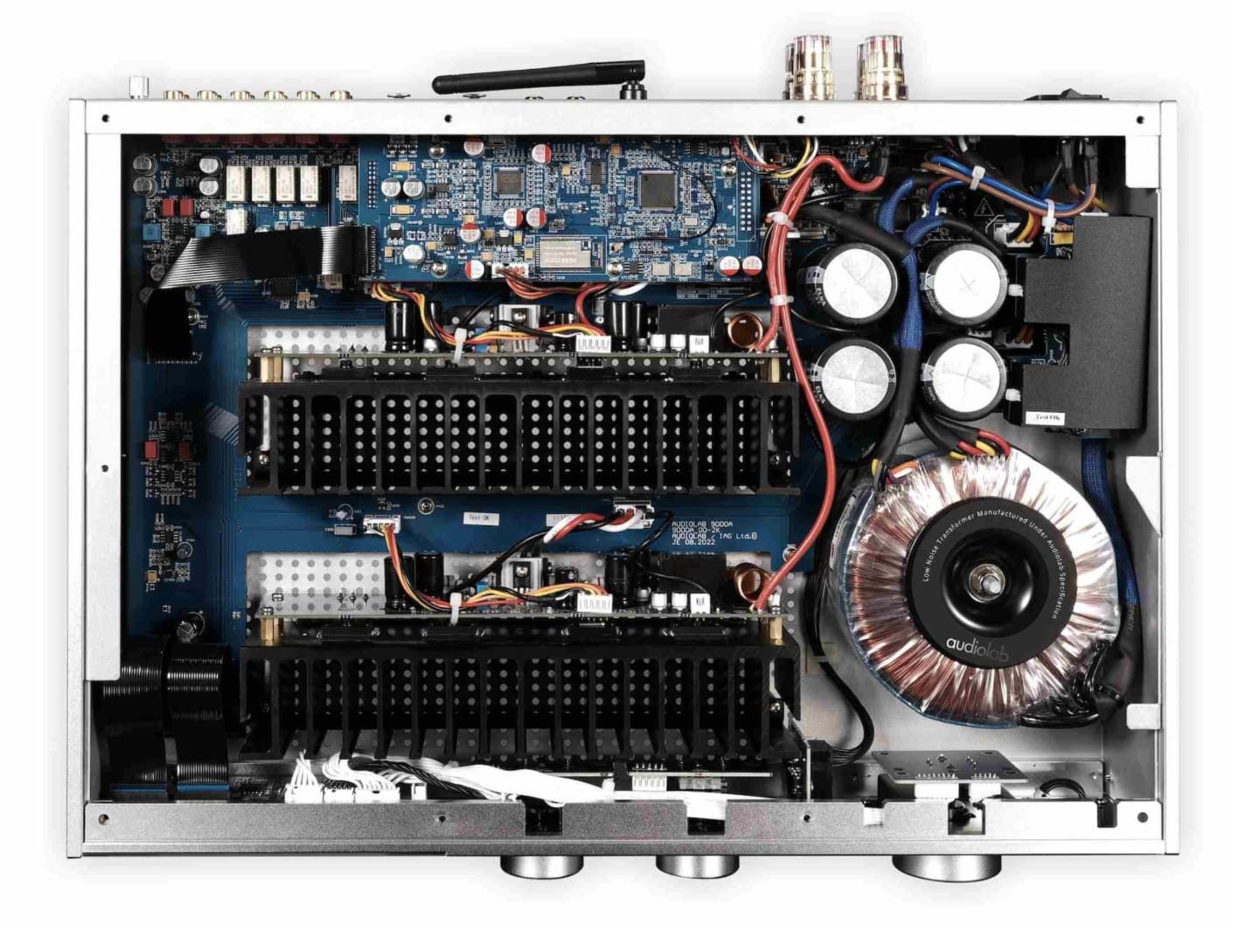
With 100 watts per channel of dual mono class A/B amplification into 8 ohms and 140 into 4 ohms with 15A of output current, this small integrated amplifier is pretty significant in the power department and should be comfortable powering most speakers.
Aesthetics
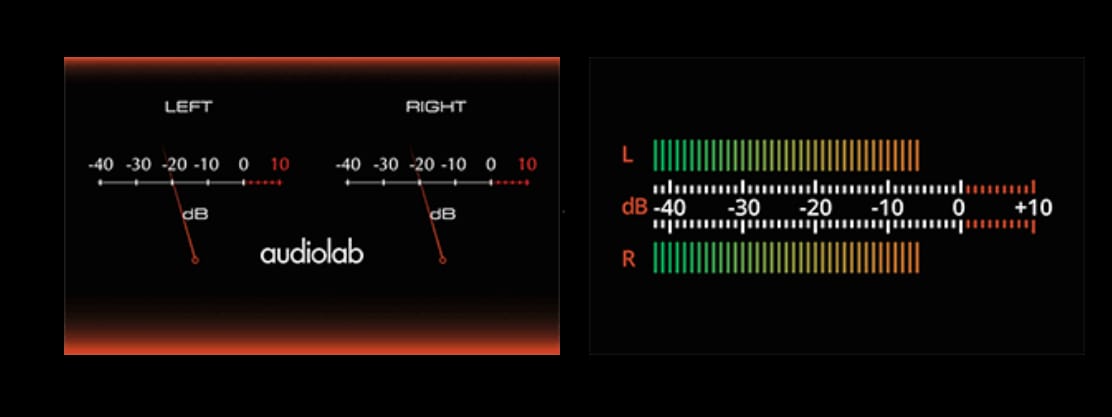
Styling is quite unique with traditional Audiolab aesthetics. Three knobs adorn the right side of the front face. Two smaller knobs control settings and input selection and the larger controls volume. There's a very nice display on the left covered in tempered glass making everything flush and tidy. The fun and somewhat useful factor regarding the display is that you can choose between digital or analogue VU meters which gives it a modern yet nostalgic flare but the meters also gives the user a gauge by which to know how loud they can go when pushing the amplifier up to louder volumes. The volume indicator is very easy to see from across the room and the display is completely defeatable so if you don't like it you can turn it off and never look at it again.
Dimensions: 17 inches wide, 3.5 inches tall, 13.4 inches deep
Inputs
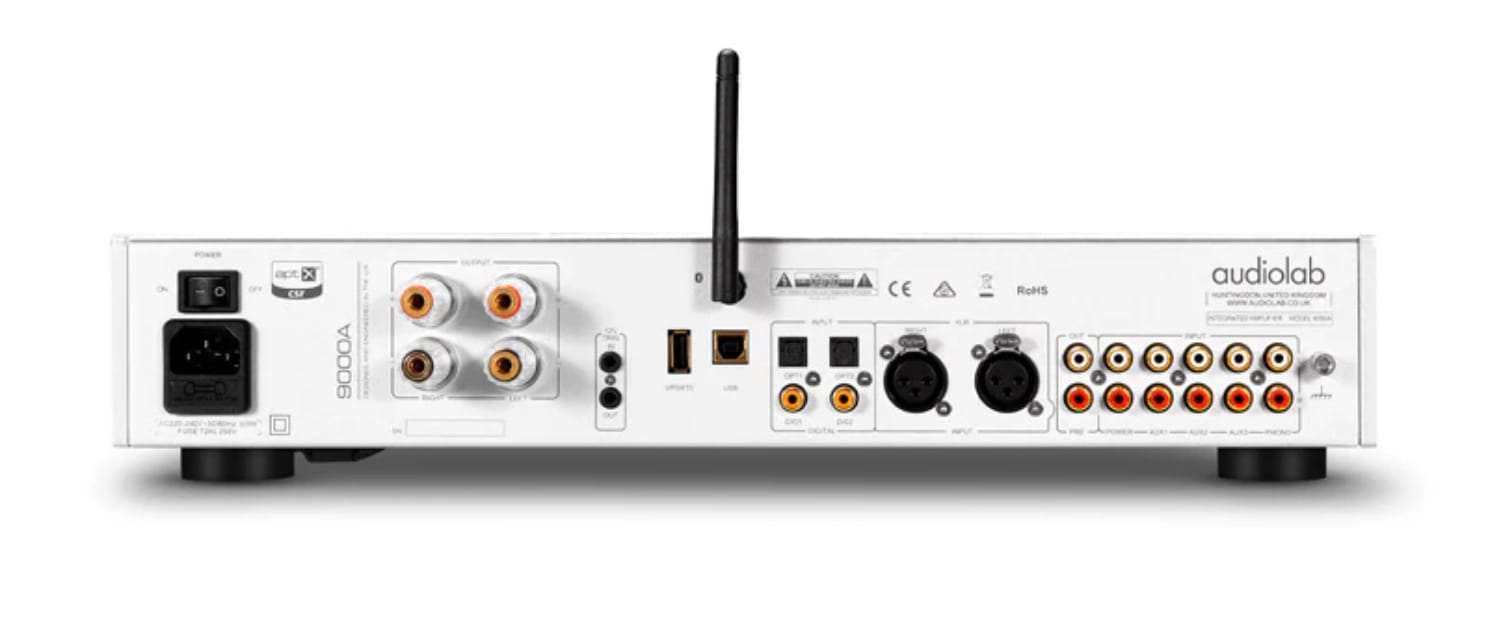
The rear panel has numerous inputs and outputs which I will list from the manual for brevity.

The Remote

In my opinion, the remote control is fantastic. Some may argue that it might be too industrial or pedestrian but it floats my boat. It's simple. One caveat would be to remove all of the numbers and replace them with direct input buttons because when cycling through the source button from your sitting position it is too hard to see the input indicator in the amplifier’s screen so you either have to get closer to see or just cycle through until you hear the input source you're trying to get to. And for tweakability on the fly it would be nice to have all the direct DAC filters on the remote so it's easy to switch between the filters. A mute button would be nice too… Am I asking too much?
The DAC
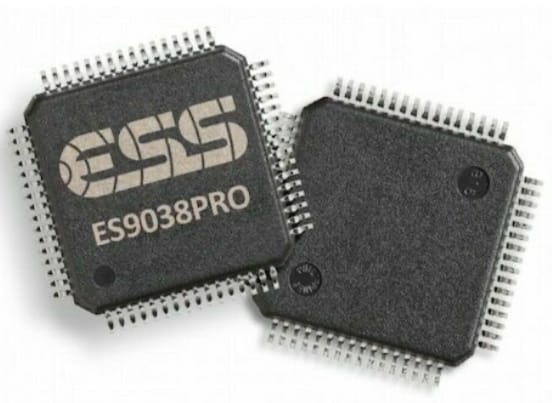
The 9000A incorporates the latest ESS 9038PRO flagship 32-bit DAC chip, operating with its two digital coaxial and TOSLINK inputs, enabling complete decoding of MQA and giving access to five digital filters for fine tuning overall sonic characteristics.
Regarding the DAC filters. At first I didn't really notice any difference switching between the five filters but when listening to Misc’s self titled 2016 album I began to notice some subtle differences that did change the listening experience in terms of imaging and sound stage. These filters also affect the whole spectrum of frequencies ever so slightly where some filters have tighter bass and others offer more subdued treble responses. Switching through the filters I seemed to enjoy Minimum Phase (Fast Rolloff) as it seems to soften high frequency regions while adding a nudge of overall warmth.
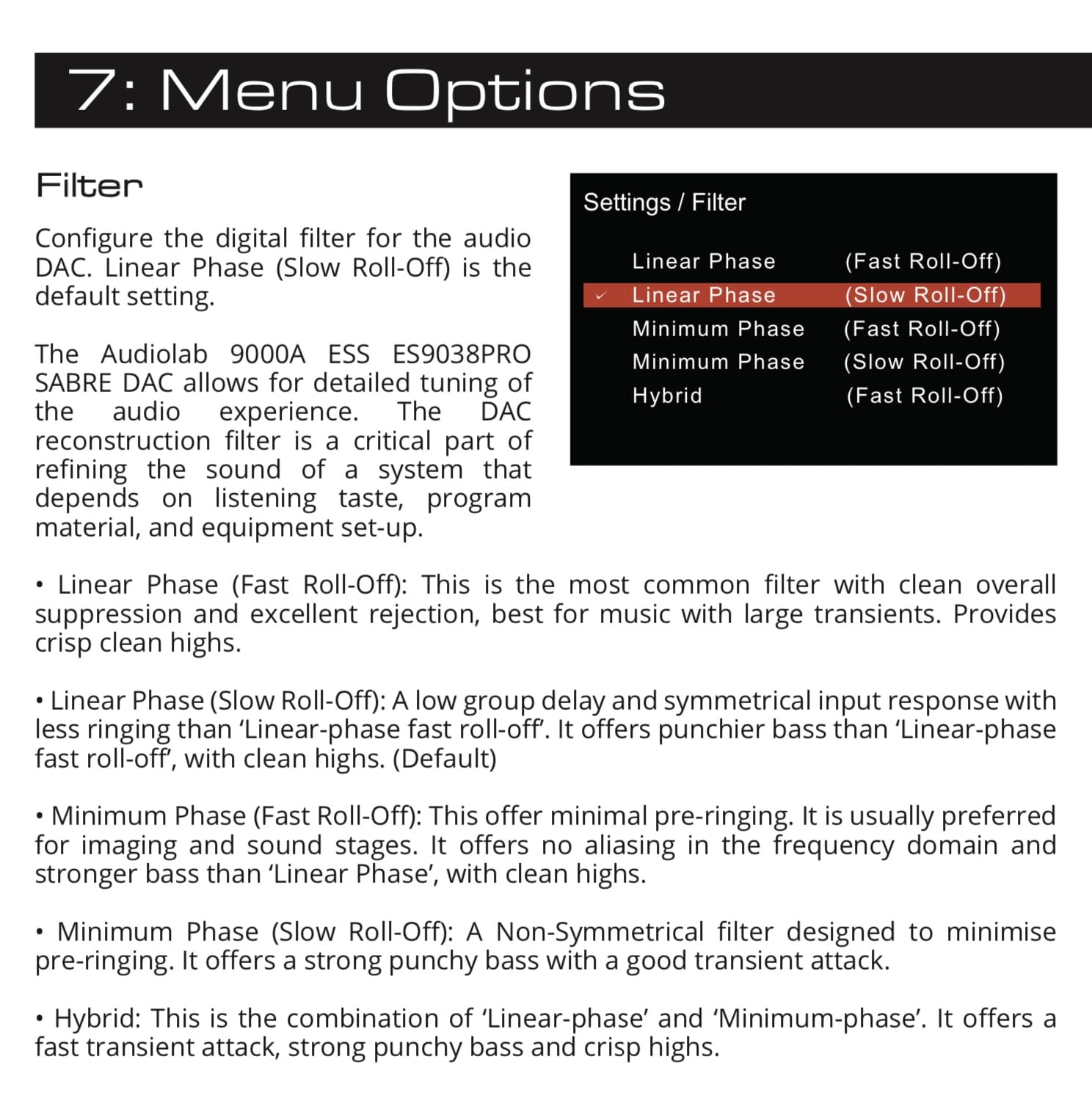
Sound
When paired with the Bowers & Wilkins 705s2 and 705s3 bookshelf speakers, the system produced a relatively warm mid range sound while remaining mostly neutral. The 9000A definitely has enough power to be authoritative in the bass regions although it is a bit tighter and more composed than the brawny power of the Naim SuperNait 3 that I reviewed earlier.
The Bowers are known to be a bit more of a revealing speaker (i.e. brighter) which is fantastic at low to medium volumes but when pushed to the upper volume limits users might prefer a speaker with a smoother top end with certain genres of music and recordings depending on listening habits.
Imaging and soundstage is pretty much as good as it gets especially when toggling between DAC filters. Different filters bring instruments forward or set them further back in the soundstage and I heard minor differences in placement of instruments and voices horizontally and vertically.
Pairing the 9000A with a pair of Totem Sttaf towers softened the top end frequencies a little rendering a more relaxed and musical experience. Due to the lack of tone controls users are at the mercy of equipment pairing to fine tune the overall sound characteristics so choose your sources and speakers wisely.
This integrated amplifier is a joy to listen to at low to medium listening levels as it reproduces music in a very revealing yet easy to listen to manner. But it is also perfectly happy to be pushed and played loudly without causing ear fatigue when paired with the right sources and speakers.
The 9000A might be my favourite integrated amplifier that I've had the privilege of hearing. It seems to have a level of sophistication to its sound. Instruments sound more real to life and accurate and there doesn't seem to be anything wrong with it as I'm just listening to the music instead of analyzing and critiquing the system. That's a good sign.
Conclusion
The Audiolab 9000A is a really great piece of kit that has just the right amount of technology while remaining essentially pure and simple. The 9000A has everything one would need in an integrated amplifier that would make for a very good hub to create an excellent sounding system for a wide variety of audio enthusiast’s listening habits and preferences.
Highly recommended. So much so that I might end up with one personally.
Thanks for reading! Happy listening!
Media source: Bluesound Node 2i

Most listening was done using BlueOS tone controls with -3 Db treble and +3 Db bass.